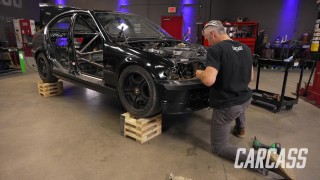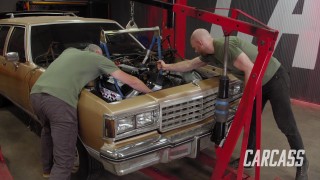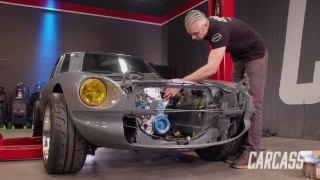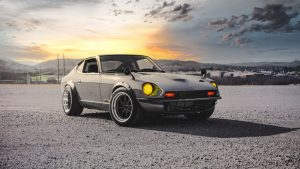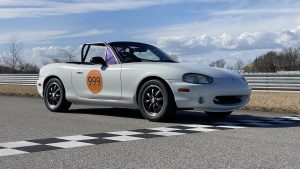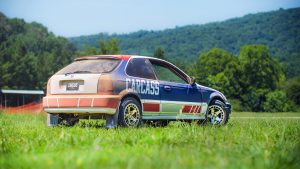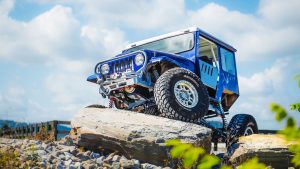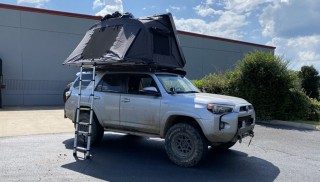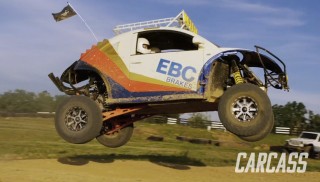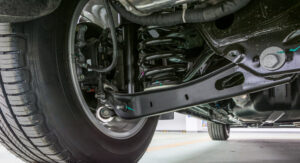
Pulling The L28 Out Of Our 1978 Datsun 280Z Heritage Restomod
We start tearing into the powertrain of our Datsun 280Z, freshening up the engine and converting the automatic transmission to a sportier manual setup. We'll also take a look at the new Nissan Z!
Season 3
Episode 19






